Creating stations or centers in a Special Education classroom transforms the learning environment into a dynamic and engaging space tailored to each student's unique needs.
These centers offer structured opportunities for students to develop various skills, receive individualized instruction, and practice independence.
However, deciding which stations to incorporate can be a common challenge for Special Education teachers.
To address this, we present a few ideas that you can incorporate into your classroom to see what works best for your students.
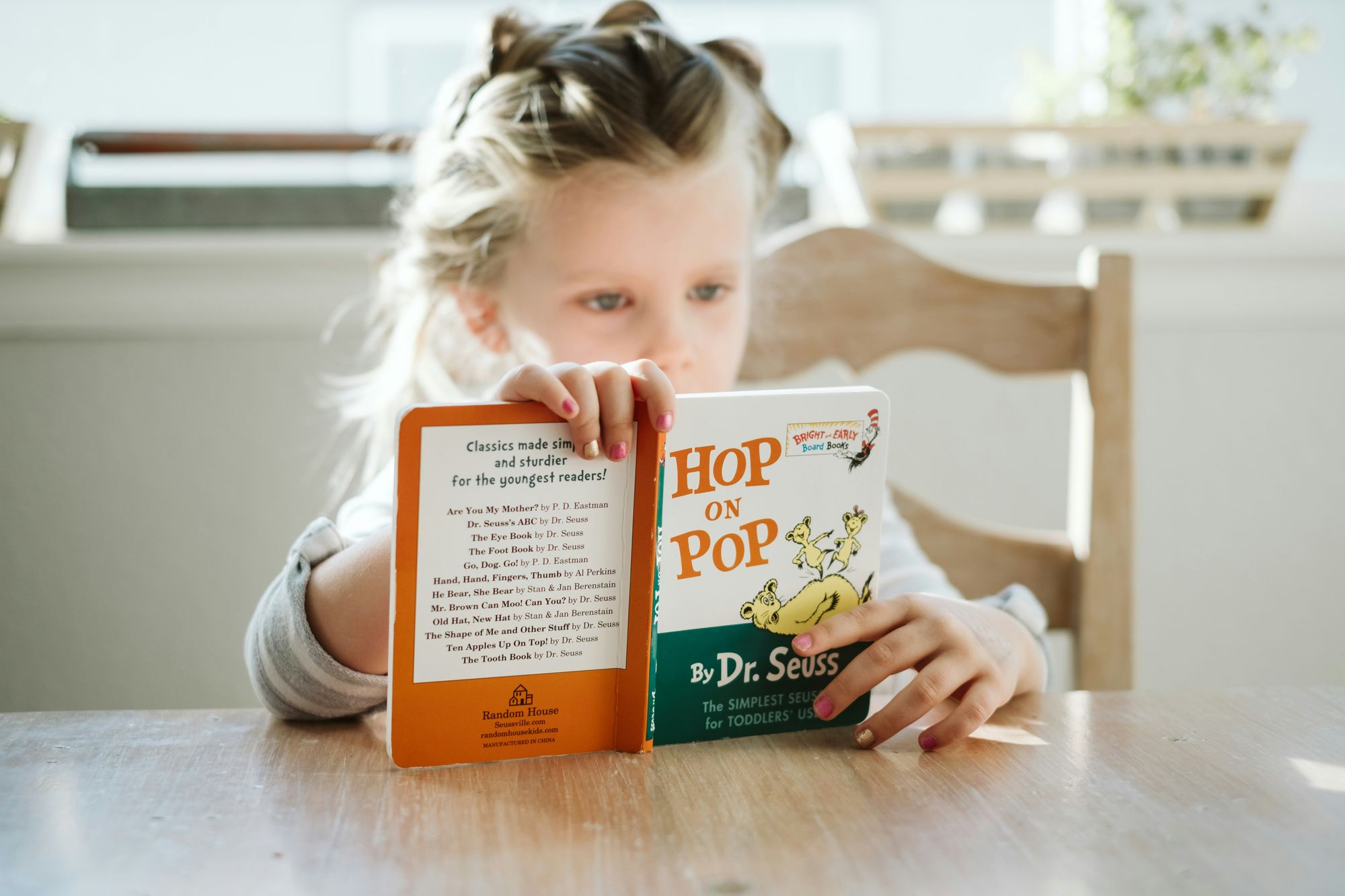
1. Reading Station
The Reading Center in a SpEd classroom is a dedicated space where special needs students can immerse themselves in books, audiobooks, and other reading materials tailored to their reading levels and interests.
- Read-Aloud Sessions: Teachers or aides read books aloud; students follow along.
- Paired Reading: Students pair up to read to each other it fosters peer support.
- Listening Stations: Provide audiobooks and headphones for students who benefit from auditory learning.
- Reading Comprehension Activities: Use story maps, sequencing cards, and question prompts to reinforce understanding.

2. Math Station
The Math Center offers a range of activities and materials designed to build and reinforce mathematical skills through hands-on learning and interactive experiences.
Here are a few activity ideas for the Math Station in your special ed classroom:
- Manipulative Play: Use blocks, counters, and other manipulatives to practice counting, addition, and subtraction.
- Math Games: Incorporate board and card games focusing on math skills.
- Puzzles and Brain Teasers: Offer math-based puzzles that challenge students to think critically.

3. Writing Center
The Writing Center is a space where students can practice their writing skills, from basic handwriting to creative writing and journaling.
- Handwriting Practice: Provide worksheets and tracing activities to students for handwriting improvement.
- Story Starters: Use prompts and pictures to inspire creative writing.
- Journal Writing: Encourage special needs students to write about their day, feelings, or special topics.
- Letter Writing: Have students write letters to friends and family members.
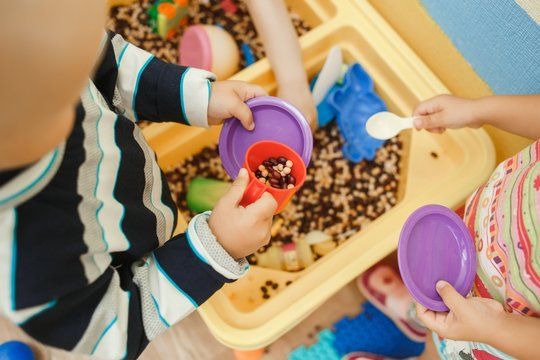
4. Sensory Center
The Sensory Center in a special education classroom is designed to provide sensory input and stimulation to help students regulate their emotions and behaviors through various tactile, visual, and auditory activities.
- Sensory Bins: Fill bins with rice, beans, sand, or water beads for tactile exploration.
- Fidget Tools: Offer a variety of fidget toys, stress balls, and sensory brushes.
- Visual Stimulation: Use bubble tubes, lava lamps, and light-up toys.
- Auditory Activities: Provide headphones with calming music or nature sounds.
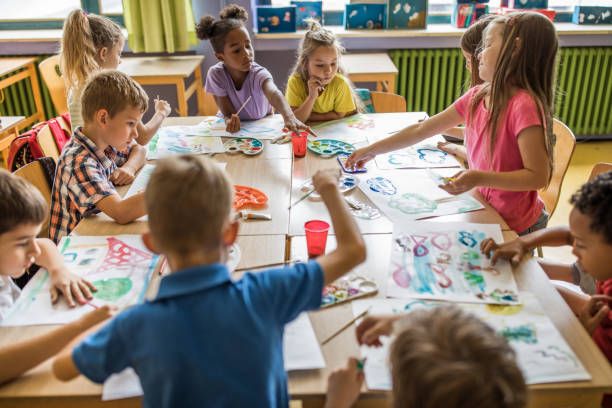
5. Art Center
The Art Center helps special needs students get creative with various art mediums such as drawing, painting, sculpting, and crafting.
- Free Drawing: Provide paper and different drawing tools for spontaneous art creation.
- Craft Projects: Offer guided projects; use materials like clay, fabric, and recycled items.
- Painting Activities: Use different types of paint and brushes to explore colors and textures.
- Collage Making: Provide students with magazines, scissors, and glue to create collages.
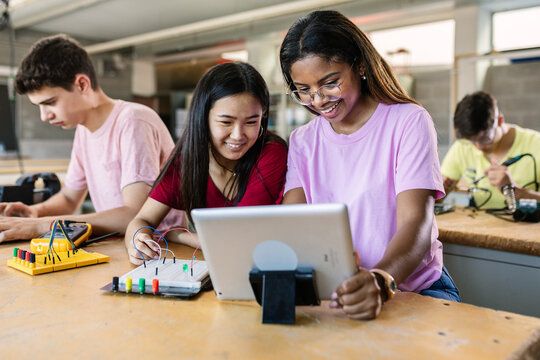
6. Technology Center
The Technology Center integrates digital tools and resources to support learning through interactive and adaptive educational software.
- Educational Apps: Use apps that target specific skills like math, reading, and writing.
- Interactive Whiteboards: Incorporate lessons and games that can be manipulated on a smartboard.
- Typing Practice: Provide programs that teach keyboarding skills.
- Research Projects: Guide students in using the internet to research topics of their interest.

7. Life Skills Center
The Life Skills Center focuses on teaching students practical skills for daily living and independence.
- Cooking Activities: Students actively engage in following simple recipes to make snacks or meals, making the learning process enjoyable and engaging.
- Money Management: Use play money and shopping scenarios to teach financial literacy.
- Personal Care: Students must practice grooming, hygiene, and dressing skills.
- Job Skills: Role-play different job scenarios and responsibilities.
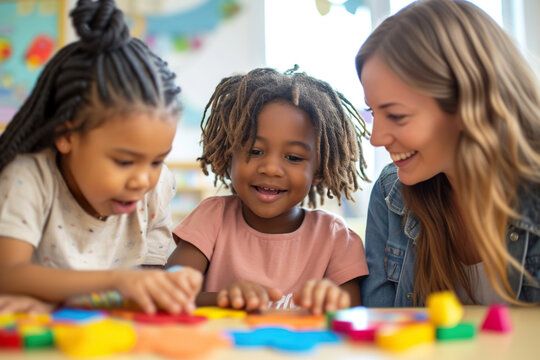
8. Social Skills Center
The Social Skills Center helps students develop and practice social interaction skills through guided activities and role-playing.
- Role-Playing Games: Simulate real-life social situations for practice.
- Conversation Starters: Use prompts to initiate discussions and practice active listening.
- Group Projects: Encourage teamwork through collaborative tasks to make students feel connected as a team.
- Emotion Recognition: Use flashcards and activities to help students identify and express emotions.




